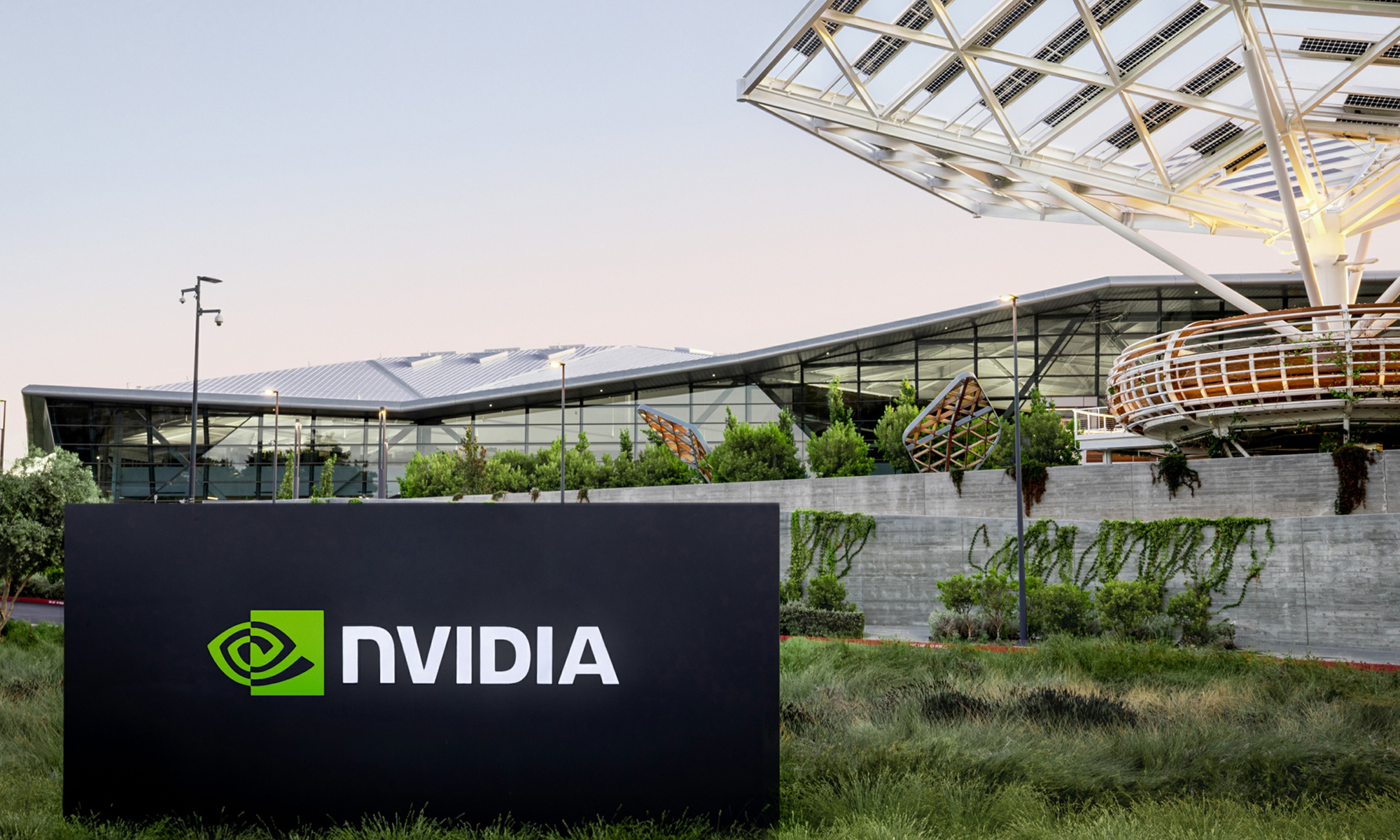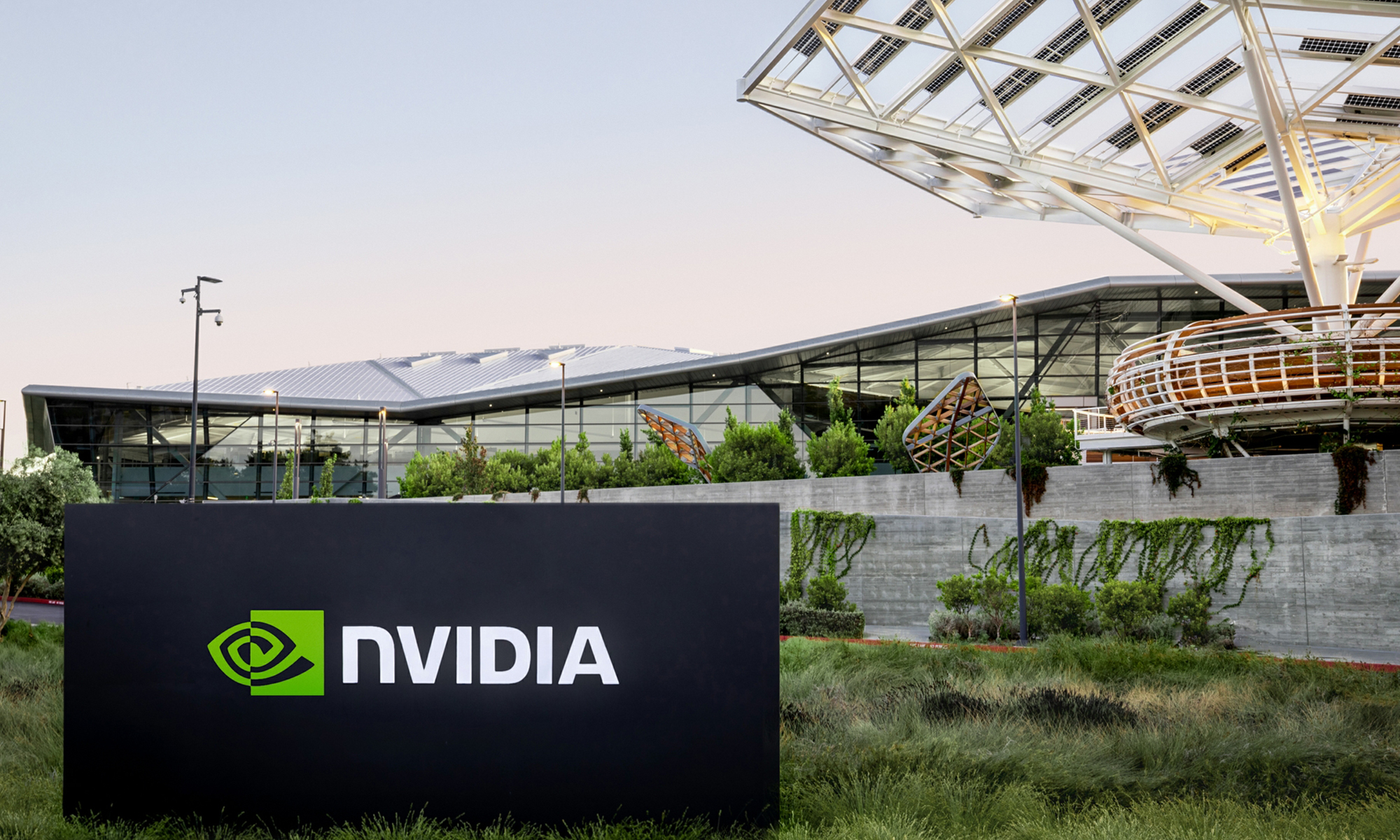In May of 2016, graphics specialist NVIDIA (NVDA +1.09%) began rolling out graphics processors based on its Pascal architecture. The company rolled out an entire stack of gaming desktop-oriented products from top to bottom between May and October, executing extremely well.

Image source: NVIDIA.
The Pascal launch was clearly very successful, and in the quarters after the first Pascal-based products hit the market, NVIDIA started reporting accelerated growth rates in its gaming business. Per a recent investor presentation, NVIDIA says that its revenue from gaming-related products -- primarily gaming-oriented graphics processors -- are up 35% year over year in the company's current fiscal year thus far.
I have seen some speculation about when NVIDIA might roll out gaming products based on its next-generation Volta architecture. Mark Hibben, writing for Seeking Alpha, says that he is "confident that Nvidia will introduce Volta this year, and that it will be based on the TSMC (TSM +1.33%) 10nm process."
I don't share his confidence -- at least if we're talking about graphics processors aimed at gaming. Here's why.
Some background
NVIDIA's current gaming-product stack looks like this (from top to bottom):
- GeForce GTX 1080 (GP104)
- GeForce GTX 1070 (GP104)
- GeForce GTX 1060 (GP106)
- GeForce GTX 1050 Ti (GP107)
- GeForce GTX 1050 (GP107)
The company also offers an ultra-high-end graphics card for prosumers and gamers willing to spend a ton of money called the NVIDIA Titan X. This is based on a chip known as GP102, which has about 50% more graphics resources than the GP104 chip -- though the Titan X doesn't use a fully enabled GP102.
This chip isn't "officially" part of NVIDIA's GeForce GTX lineup, but is, instead, sold under NVIDIA's Titan branding. The chip is also used in NVIDIA's Tesla P40 data-center accelerator (in its full form here).
Current rumors suggest that NVIDIA will indeed begin selling the GP102 as a proper GeForce GTX gaming card in March of 2017, and that it will be called the GeForce GTX 1080 Ti. NVIDIA has traditionally appended the "Ti" suffix to its graphics processors to indicate a higher-end version of the base model, so the 1080 Ti will sit above the 1080 in performance and pricing.
If NVIDIA is going to add the GP102 chip to its GeForce GTX 10-series lineup in March of 2017, it's unlikely that the company will make it obsolete so soon by beginning the rollout of a next-generation graphics architecture in the same year, as this could create some inventory management headaches for NVIDIA's add-in-board partners and their channel partners.
When will we see NVIDIA's Volta, then?
If we look back at NVIDIA's traditional product launch history (Kepler and Maxwell architectures), we can get some hint as to when to expect the company to release Volta. With Maxwell, NVIDIA released the first (high-end gaming) part -- GM204 -- in the fall of 2014, productized as the GeForce GTX 970 and 980. The lower-end GM206, productized as the GeForce GTX 960 and later the GeForce GTX 950, came out in January of 2015.

Image source: NVIDIA.
NVIDIA then released the GM200 chip -- the Maxwell equivalent to today's GP102 chip -- as the GeForce GTX Titan X in March of 2015. (Are you confused by the naming yet?) This was followed by a cut-down, more price friendly GeForce GTX 980 Ti based on the same GM200 chip in June of 2015.
During the Kepler generation, NVIDIA had to make due with the same basic architecture for longer. Kepler, in its GK104 form, hit the market in April of 2012 as the GeForce GTX 680. NVIDIA trickled out the remaining parts based on cut-down GK104 chips, and smaller GK106 and GK107 chips over the course of 2012.
NVIDIA didn't introduce a new architecture in 2013 -- but it needed to put out new products -- so it essentially rebranded (and slightly sped up) the GeForce 600-series Kepler chips, and sold them at lower price points (i.e. the $499 GTX 680 became the $399 GTX 770). It also brought in higher-end Kepler-based chips that were customized for high-performance computing/workstation applications and repurposed those heavy-duty professional chips as premium GeForce GTX 780/780 Ti/Titan/Titan Black gaming/prosumer parts, since they happened also to be better at gaming than the first wave of Kepler chips -- though the chips were saddled with a lot of technology that was useless for gaming.
The original Titan, based on a cut-down variant of a chip known as GK110, launched in February 2013. NVIDIA then cut this chip down further and sold it as the GeForce GTX 780, which launched in May of 2013. NVIDIA then enabled the full chip -- less the bits not useful for gaming -- and sold it as the GeForce GTX 780 Ti in November of 2013.
NVIDIA then enabled the full GK110 chip, including the bits not at all useful for gaming, but very useful for prosumers, and sold that as the Titan Black, which launched in February of 2014.
There's a lot to take in here, but the key takeaways are the following:
- It took NVIDIA about 13 months to go from the GK104-based GTX 680 to the GK110-based GTX 780.
- It took NVIDIA about 10 months to go from the GK110-based (Kepler) 780 Ti to the GM204-based (Maxwell) GTX 980.
- It took NVIDIA about 11 months to go from the GM200-based (Maxwell) 980 Ti to the GP104-based (Pascal) GTX 1080.
If NVIDIA follows historical patterns, if the 1080 Ti comes in March of 2017, then it could be anywhere from 10 months to 13 months before we see the first gaming-oriented Volta product (GV104). That would put the launch time frame at somewhere between January of 2018 (i.e. CES 2018) and April of 2018.
No 10-nanometer for Volta
I don't believe that NVIDIA will use TSMC's 10-nanometer manufacturing technology to build Volta. Ten-nanometer is widely viewed as a "stop gap" manufacturing technology that was put into manufacturing primarily to service high-end mobile system-on-chip vendors that couldn't quite wait for 7-nanometer technology – which should be much more robust and capable of serving a wider range of product needs – to come online.
My expectation is that the first volley of Volta parts will be manufactured in the same 14/16-nanometer manufacturing technologies used to build today's Pascal parts -- as tech news site Fudzilla reported a while back -- with variants of Volta manufactured in TSMC's 7-nanometer technology coming some time in the 2019 time frame.







